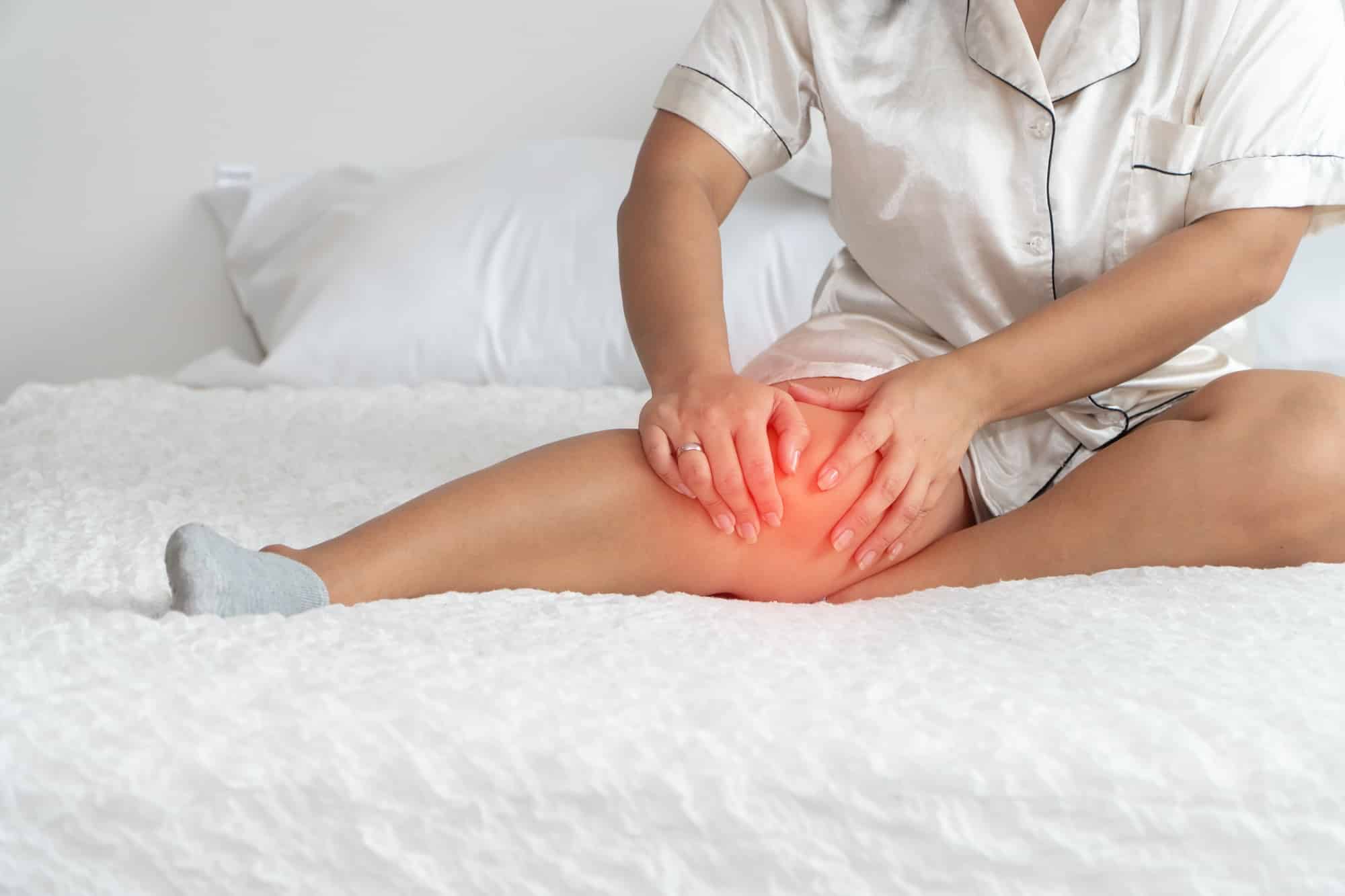
Since excess weight can wreak havoc on the knees, it is not surprising to discover weight loss surgery can help reduce knee pain. Now researchers have learned that when it comes to knee osteoarthritis, weight loss is better earlier than later.
Obesity’s Impact on Knee Health
Obesity is the top preventable risk factor for osteoarthritis, partly from the physical impact of this extra load on the joints but also from fat cells triggering inflammation, scientists have demonstrated. Strain on the knee joints can damage cartilage, causing the joints to lose their cushion and protection so bones can rub together with movement. This causes pain, swelling, and movement issues so the patient is less able to go about their daily life. An estimated 27 million Americans have chronic osteoarthritis, more than doubled since the 1940s, and one in two adults will develop knee osteoarthritis symptoms in their lifetime. With one in three Americans now classed as overweight, osteoarthritis is a growing concern.
Since obesity is linked to knee osteoarthritis, losing weight can help ease knee pain. Researchers set out to discover why some patients experience more knee pain improvement than others after weight loss and discovered age can play a role in how much improvement the patient experiences.
How Lap Band Surgery Affects Knee Pain
Rheumatologist Jonathan Samuels, MD, and other researchers at the New York University School of Medicine studied knee pain in 120 extremely obese patients, with an average body mass index (BMI) of 40, before and after they underwent lap band surgery between 2002 and 2015. In this surgery, surgeons strap a band around a patient’s stomach which restricts food intake. This food restriction can help obese patients lose weight as they simply cannot take in as much food. For the study, the researchers surveyed patients regarding their knee pain levels before surgery, a year later, and up to fourteen years after their surgery.
When they compiled their data, the researchers discovered BMI at the time of surgery did not seem to affect the amount of pain improvement. As long as they lost the same proportion of total body weight, those with BMIs in the upper 40s reported just as much knee pain improvement as those with BMIs in the lower 40s. However, the amount of weight loss did predict the amount of improvement. Patients who dropped more than 13 points of BMI had half as much pain compared to those who dropped 8 or fewer BMI points. It seems the more weight they lost, the better the patients felt.
Weight Loss Age and Knee Improvements
One factor that had a huge impact on knee pain improvements was age at the time of surgery. One year after surgery, patients in their 40s experienced 50 to 60 percent less knee pain, a big improvement. When patients were in their 50s, they only experienced 30 to 40 percent less pain, and those in their 60s only reduced their pain by 20 to 30 percent. The good news is all age groups experienced improvement, and the pain relief lasted for a decade in all patients monitored that long, but it seems that those who lost weight earlier gained the biggest improvements in their knee osteoarthritis.
The researchers speculate the benefits of weight loss decrease with age because the damage increases with age. Someone in their 40s may have had less time to accumulate damage and were better able to recover. However, at some point in a patient’s life, the joint damage may reach such an extreme that there is little cushion left in the knee, and therefore not much to preserve even with less weight pressing down on the joint. To get the most benefit from their weight loss surgery, patients should consider having the procedure as early as possible, the research suggests.
Weight Loss Surgery
Since 2011, surgeons have operated on more than 130,000 Americans to place a lap band, and there were an estimated 216,000 bariatric surgery procedures in 2016 alone, according to the American Society for Metabolic and Bariatric Surgery. 2017 saw 246,354 liposuction procedures and 129,753 tummy tucks in the U.S. alone, with 356,378 patients opting for non-invasive fat reduction procedures such as Coolsculpting and 62,587 choosing fat-dissolving injections such as Kybella, says the American Society of Plastic Surgeons. While non-invasive fat reduction procedures are gaining popularity, they can only tackle small pockets of fat, with more invasive methods needed to make a big impact on knee osteoarthritis and other health concerns.
Osteoarthritis Treatment
Weight loss can make huge improvements in knee osteoarthritis symptoms, but the patient may still need treatment for the chronic condition. Exercise and physiotherapy can help, as can drugs to reduce pain and inflammation, but eventually the patient may need joint replacement surgery. To help alleviate osteoarthritis symptoms and delay surgery, some patients choose sodium hyaluronate injections such as Synvisc, Orthovisc, Supartz, Euflexxa, Hyalgan, Durolane, and Crespine Gel. These injectable gels mimic the texture of the joint’s natural synovial fluid, providing cushioning and lubrication to the joint. This cushioning effect can help prevent bones from scraping together painfully with movement, helping reduce pain, inflammation, and mobility issues that osteoarthritis can cause. Treatment involves between one and five injections every six months. To learn more about these orthopedic injectables, call or visit DoctorMedica.co today.
Related Articles
Joanna Carr
Synvisc One Pros And Cons
Synvisc One is a single-injection treatment designed to relieve knee pain caused by osteoarthritis. It replenishes the joint's natural fluid, reducing...
Joanna Carr
Saxenda vs Ozempic – Liraglutide vs Semaglutide
Saxenda and Ozempic are both medications that have gained popularity in the weight management landscape, with Saxenda specifically approved for chroni...
Joanna Carr
Sunekos Vs Rejuran – Comparing Products
Sunekos and Rejuran are two leading skin boosters designed to rejuvenate the skin through non-surgical methods.


